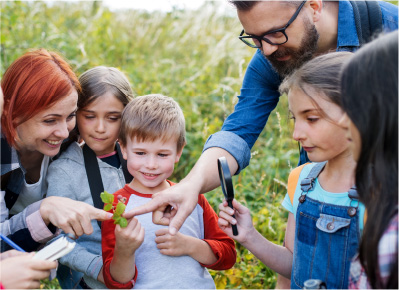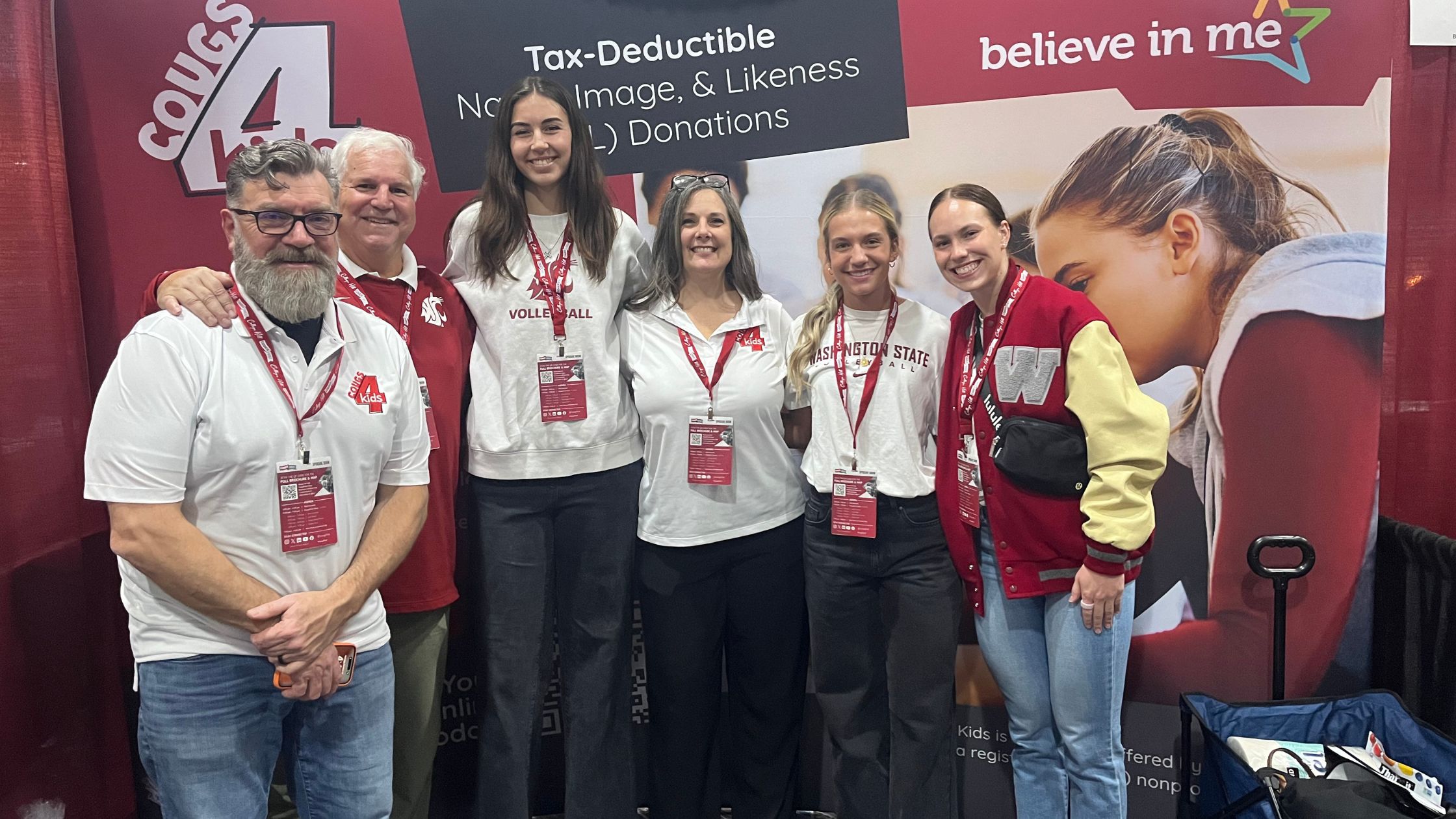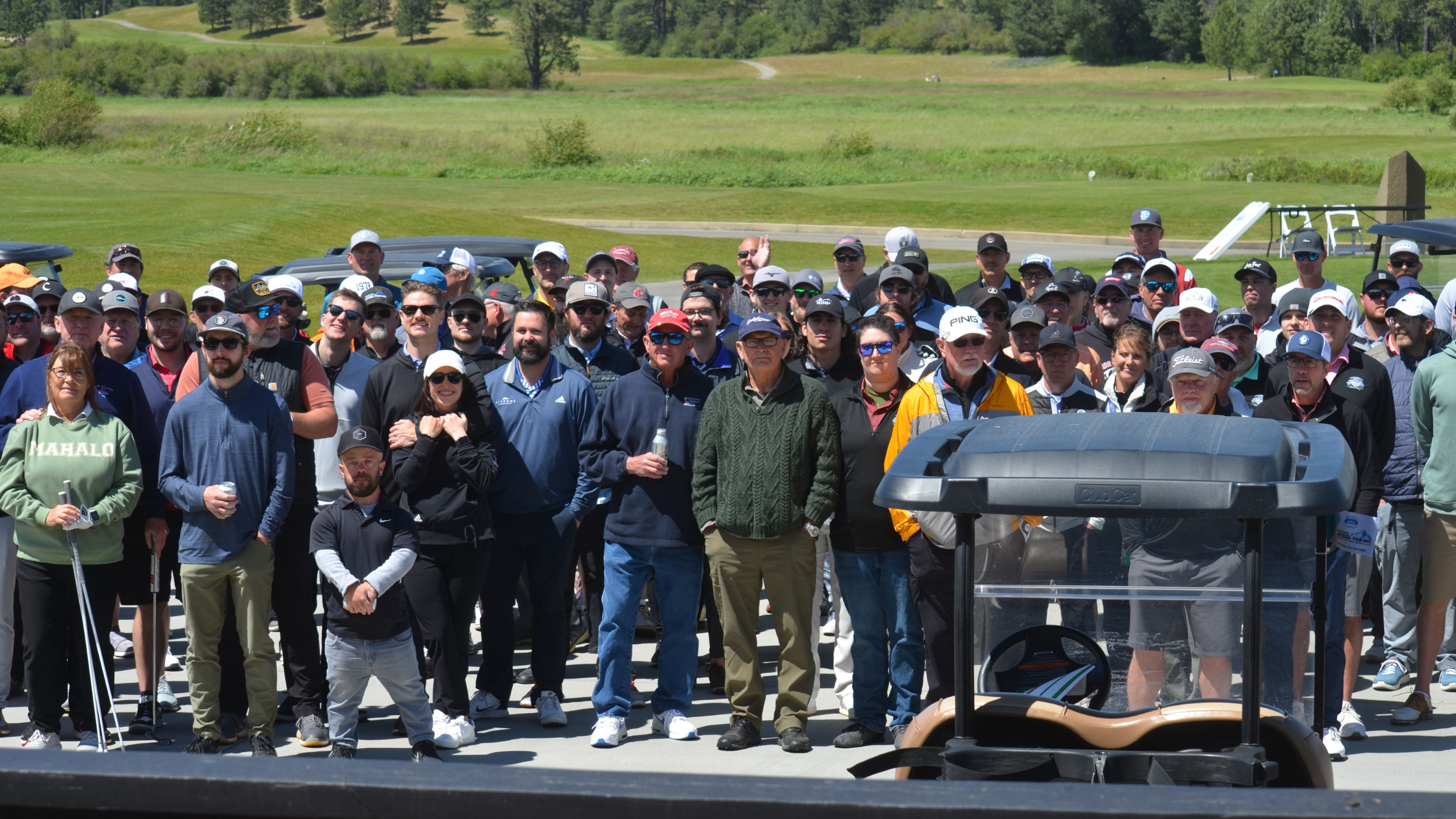- As we conclude this year’s National Suicide Prevention Month, it’s helpful to remind everyone that while the spotlight is cast on suicide prevention during September, suicide prevention and awareness truly is a 24/7/365 need.
This issue is close to my heart as a suicide loss survivor—I know firsthand the pain and loss experienced by those left holding the pieces of someone’s life taken by suicide. Suicide doesn’t solve or end suffering, it merely transfers it onto others—sometimes with devastating consequences.
Suicide Awareness Facts in the United States
In 2018, suicide claimed the lives of 48,344 Americans. Some additional sobering facts:
- Though more women than men attempt suicide, males are four times as likely to die, constituting 75% of all deaths by suicide
- It is the 2nd leading cause of death among all Americans ages 10-34 and 5th among the 35-54 age group
- It is the leading cause of death among Asian-Americans ages 15-34
- American Indians/Alaskan Natives are 20% more likely to die by suicide than non-Hispanic white adults
- Lesbian, gay, and bisexual youth are four times as likely to attempt suicide than their straight peers, and transgender youth are twelve times as likely
Overall, the suicide rate in the United States has risen 31% since 2001
Things You Can do to Help With Suicide Prevention
Knowing the facts and figures are important, sure, but taken together they merely show what many of us already suspect: that suicide disproportionally affects the young and/or marginalized members of society. Armed with this knowledge, what can be done? Unfortunately, suicide lacks an easy cure that the application of time, money, and effort will eventually discover. It requires each and every person to stay connected and empathetic to those in our lives: family, friends, coworkers, students, etc. One of the most powerful resources in suicide awareness and prevention is a trusted person who sees the signs and responds in a genuine, caring way.
What are the Warning Signs that Can Help with Suicide Prevention
Sometimes this is responding to a cry for help on social media. It’s easy to discount posts or tweets like, “no one loves me,” or, “I give up” as selfish attention seeking—and certainly there are those that do—but often these are legitimate early warning signs. A common misconception is that by asking someone if they are contemplating suicide, you could inadvertently put the idea in their head. Reach out to them through a private or direct message or ask to meet with them in person to discuss what is going on in their lives.
Other signs include:
- Increased alcohol and drug use
- Aggressive behavior
- Withdrawal from friends, family and community
- Dramatic mood swings
- Impulsive or reckless behavior
Knowing the warning signs—and taking action—are key. Even so, preventing a suicide attempt is an acute solution to what very well may be a chronic issue. Unlike popular entertainment portrayals of suicide, where it is often presented as a knee-jerk reaction to a sudden tragedy to accommodate a plot or limited screen time, in reality the process or events leading up to a suicide attempt often take months or even years.
Suicide Prevention Resources that Can Help Now
If you or someone you know is struggling with thoughts of suicide. Please reach out for help. There are a variety of agencies that are available to help you move through whatever situation you may be facing. Their staff and volunteers are experienced, well-trained and able to provide guidance. They understand, many from their own experiences, and are ready to listen and offer support. They are trained to help identify the best resource options for your individual concern, and are trusted sources of accurate information. Most importantly, they care and want to listen.
- For an immediate emergency involving suicide, call 911.
- If you are in crisis, or are experiencing suicidal thoughts, call the National Suicide Hotline at (800) 273-8255.
- You can also text the National Alliance on Mental Illness at 1-800-950-6264 and connect with a trained crisis counselor on their Crisis Text Line.
Early Intervention is the Best Solution for Suicide Prevention
In my anecdotal experience—and supported by evidence—the best way to prevent future suicides is to identify those most at risk at an early age and lovingly steer them away from the behaviors and environments that are mostly likely to negatively affect their mental health and well-being. Here in the Spokane area, Believe In Me supports the Morning Star Boys’ Ranch, which provides long-term care for boys age 6 to early adolescence with behavioral needs, and has several programs for continuum of care after boys leave the Ranch to foster homes, adopted homes, or back to family. Sadly, some of these boys are suicide loss survivors themselves, and all are in one or more at-risk groups for future suicide.
The Foundation also contributes to a number of other local organizations involved in at-risk youth, such as EduCare, which provides early childhood education to formerly homeless children, and Embrace Washington, which assists both children and parents in the foster care system by identifying and meeting the needs of those most vulnerable.
I was once much like the boys at Morning Star Boys’ Ranch, a suicide loss survivor at the age of six, and destined to become a heartbreaking statistic. While it was a different organization that stepped in to help me turn my life around—the now-closed Alpine Boys’ Ranch—what matters is they were there when I needed them. Consider giving of your time and treasure to Believe In Me: foundation for kids—and through them several organizations doing great things in the local community—so when the next at-risk young person needs help, it will be there for them.
Get to know more about the Believe In Me and Help a Kid Today
References:
“Suicide Prevention Awareness Month” National Alliance on Mental Illness. https://nami.org/Get-Involved/Awareness-Events/Suicide-Prevention-Awareness-Month
“Facts and Statistics” The American Association of Suicidology. https://suicidology.org/facts-and-statistics/
“Identifying Warning Signs of Suicide on Social Media” Real Warriors, February 11, 2020. https://www.realwarriors.net/depression-suicide/social-media-suicide-warning-signs
“Risk of Suicide” National Alliance on Mental Illness. https://www.nami.org/About-Mental-Illness/Common-with-Mental-Illness/Risk-of-Suicide
“Risk and Protective Factors” Youth.gov. https://youth.gov/youth-topics/youth-mental-health/risk-and-protective-factors-youth
“Increased Risk Groups” Youth.gov. https://youth.gov/youth-topics/youth-suicide-prevention/increased-risk-groups“Suicide Survivors Face Grief, Questions, Challenges” Harvard Health Publishing, August 12, 2014. https://www.health.harvard.edu/blog/suicide-survivors-face-grief-questions-challenges-201408127342






